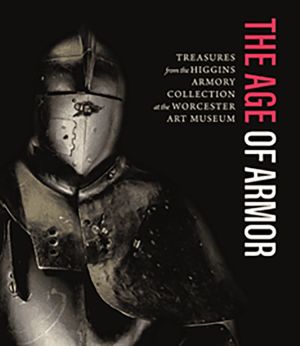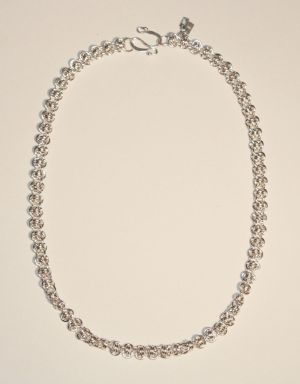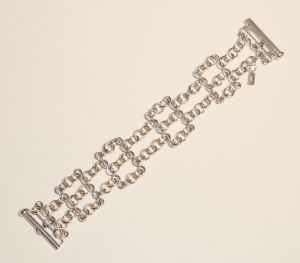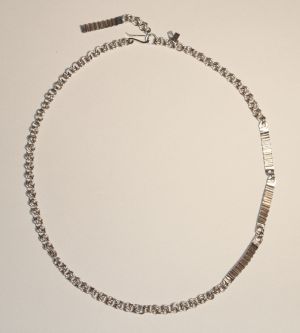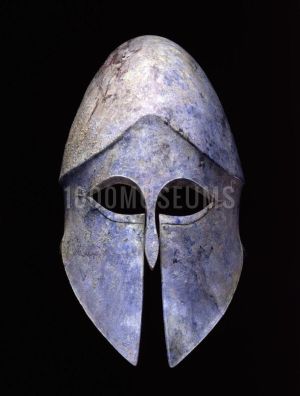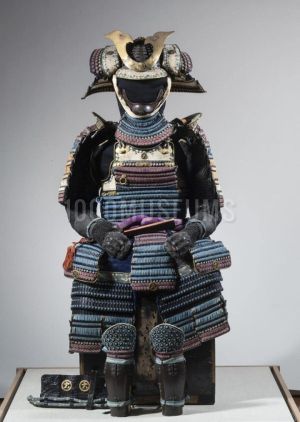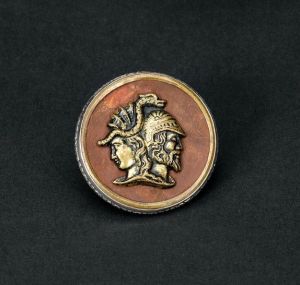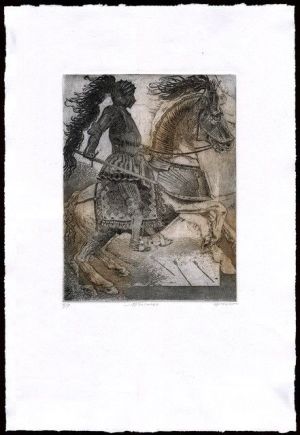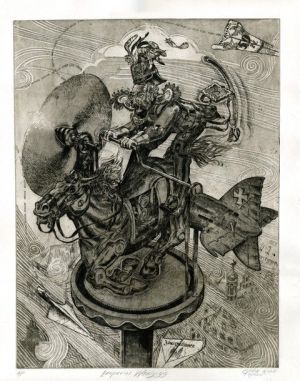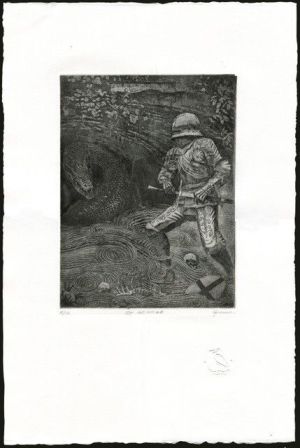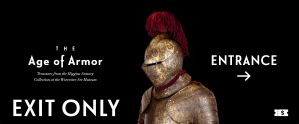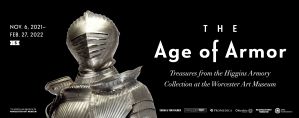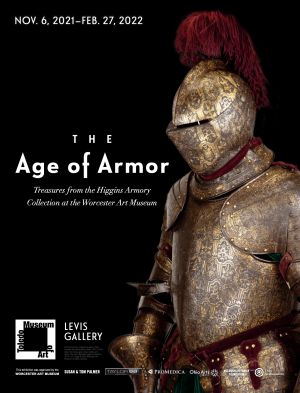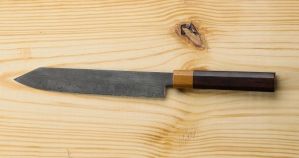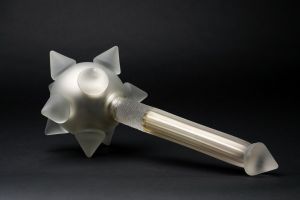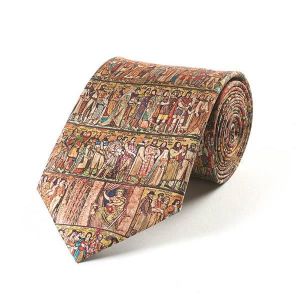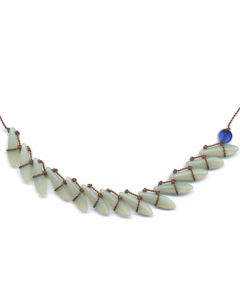|
The Age of Armor: Treasures from the Higgins Armory Collection at the Worcester Art Museum
Suits of armor, and the warriors who wore them, have fueled the human imagination since they first appeared in the ancient world. The Age of Armor: Treasures from the Higgins Armory Collection at the Worcester Art Museum, explores how these compelling exoskeletons have been used in various forms around the globe, from antiquity to modern times. The Worcester Art Museum’s Higgins Armory Collection is the one of the largest collections of arms and armor in the United States.
Full suits of articulated steel plates were made only briefly in Europe’s golden age of armor during the late Middle Ages and Renaissance. The exhibition examines how armor played an important role in the military, technological and cultural life of societies throughout history.
The first section of the exhibition begins with ancient Greece, when stylish body armor expressed the warrior’s personal taste and social standing, while increasing his chances of survival on the battlefield. Section two details how, by the Middle Ages, knights with expensive iron coats of mail, as well as swords, lances and horses came to dominate the battlefield. Sections three and four examine the craft of armor-making as it evolved in several European cities and the innovation of armorers, who developed full suits of steel for a range of purposes, including wartime applications and ceremonial uses. The exhibition’s final two sections recount how the rise of firearms impacted armor design from 1500 to 1700, and that a renewed interest in medieval armor as collectibles developed in the 19th and 20th centuries.

